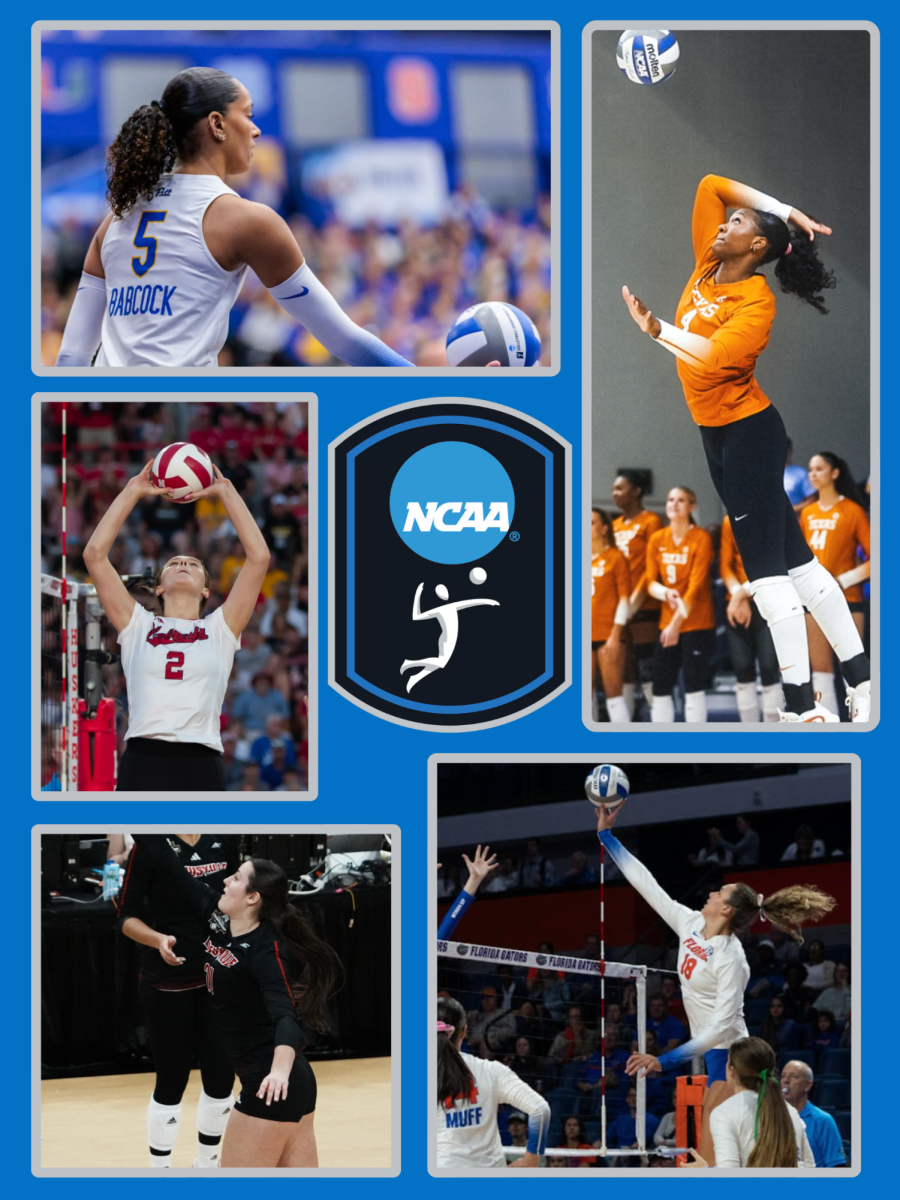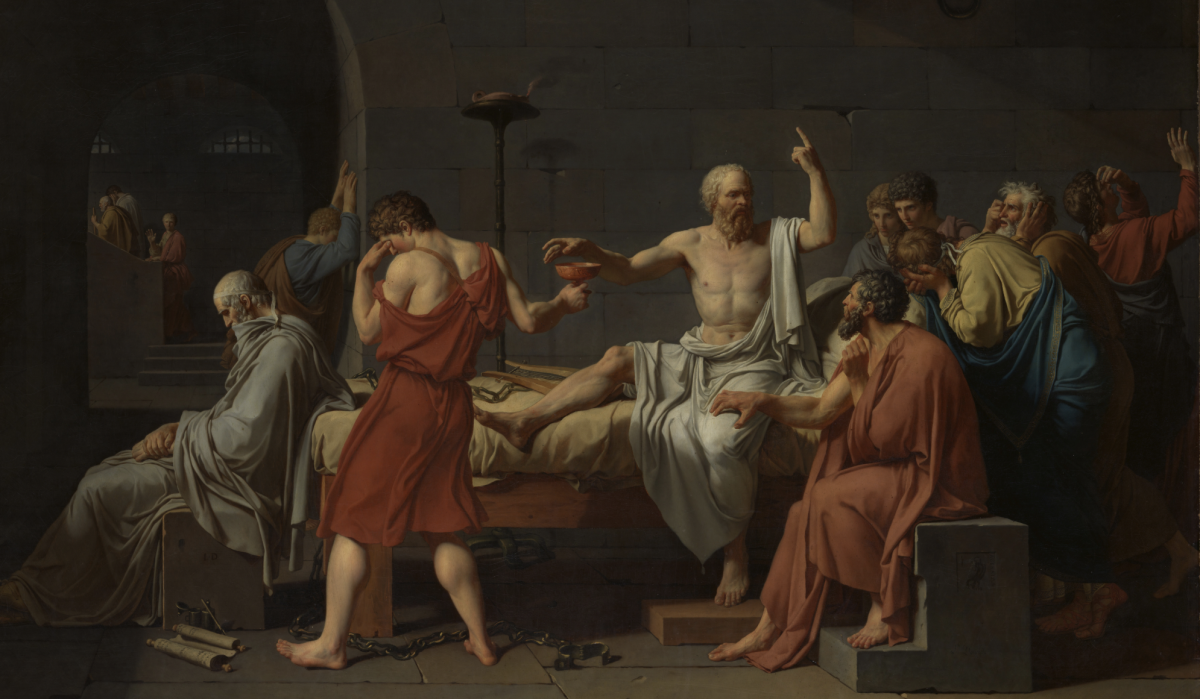The Elf on the Shelf has become a beloved holiday tradition for many families, originating from the 2005 children’s book by Carol Aebersold and Chanda Bell. This whimsical figure, said to be a scout sent from the North Pole by Santa Claus, captures the imagination of children during the Christmas season. The story often includes an important rule: the elf must not be touched, or it will lose its magic and its ability to report back to Santa.
Active opportunities social media provides, others feel overwhelmed by the pressure to keep up with the elaborate displays. The growing presence of social media has turned what was once a simple tradition into a spectacle for many with some parents feeling the need to curate “Instagram-worthy” elf scenarios. Despite this, the essence of the tradition remains rooted in creating joy for children. Whether parents follow the no-touch rule or adapt it to fit their family’s dynamic, the Elf on the Self often serves as a cherished centerpiece of holiday memories. What’s clear is that the tradition isn’t just about the elf- it’s about the shared experiences it inspires. Families bond over the antics, stories, and even the occasional mishap, creating a unique holiday experience tailored to their values and circumstances. Interestingly, schools and community groups have also adapted this tradition into their facilities and incorporated it into their communal holiday activities. Teachers sometimes use the elf as a classroom behavior monitor or festive activity, allowing children to receive the joy of looking around the classroom to find the elf each day. In this. ase, the no-touch rule is often adjusted to ensure inclusivity and practicality, demonstrating how flexible tradition can be when needed.
For many children, the anticipation of waking up each morning to find where the elf is hiding creates a sense of wonder and joy, and this was certainly the case in my childhood. My parents carefully followed the tradition, going to great lengths to make the experience magical. One memorable element was the ritual of sprinkling cinnamon near the elf if it was accidentally touched, a practice meant to revive its “magic.” Such moments reinforced the season’s magic and provided an opportunity for imaginative storytelling. However, whether children should be allowed to touch the elf has sparked debate among parents. For some families, the no-touch rule is a sacred part of the tradition, adding to the mystique and reinforcing the idea that the elf is a magical being, not a toy. Others take a more relaxed approach, allowing their children to interact with the elf and treat it as a plaything, viewing the tradition as a more flexible opportunity for fun rather than strict adherence to the book’s guidelines.
On the other hand, allowing children to touch and play with the elf can foster a different kind of creativity. These families often emphasize storytelling and imaginative play, letting children create their narratives about the elf’s adventures. This approach may also reduce the potential stress for parents, who might otherwise worry about maintaining the elf’s illusion of magic or preventing accidental touches. Junior, Abbi Gibbs (’26) has shared that a child she babysits was in her room one day, and found playing with the elf, which led Abbi to surprise. The child’s parents later shared that they allow their daughter to touch and play with their elf during Christmas, which sparked this thought of other families’ “rules” for their elf on the shelf. I truly do feel that part of the tradition and anticipation for this tradition is following the “rules” the elves come with, growing up with these “guidelines” for these elves has intently shaped my childhood and contributed more excitement.
The controversy surrounding this tradition often centers on its impact on children’s imagination and behavior. Adhering to the no-touch rule can heighten the sense of mystery and anticipation, encouraging children to fully immerse themselves in the magic of the season. It also teaches lessons about self-control and respect for boundaries, as the elf’s untouchable status makes it a special figure within the household. This is not a backlash against any family who believe that the elf can be played with, but others do truly believe following the story of the elf on the shelf is crucial to the tradition. For parents, navigating the Elf on the Shelf tradition often requires striking a balance between fostering holiday magic and managing the practicalities of daily life during the busy Christmas season. While some families revel in the creative opportunities social media provides, others can feel overwhelmed by the pressure to keep up with elaborate displays. The growing presence of social media has turned what was once a simple tradition into a spectacle for many, with some parents needing to curate “Instagram-worthy” elf scenarios.
Despite this, the essence of the tradition remains rooted in creating joy for children. Whether parents follow the no-touch rule or adapt it to fit their family’s dynamic, the Elf often serves as a cherished centerpiece of holiday memories. What’s clear is that the tradition isn’t just about the elf- it’s about the shared experiences it inspires. Families bond over the antics, stories, and even the occasional mishap creating a unique holiday experience tailored to their values.
Interestingly, schools and community groups have also embraced the elf on the shelf, incorporating it into holiday activities. Teachers sometimes use the elf as a classroom behavior monitor or as part of the festive lesson plans. In these cases, the no-touch rule is often adjusted to ensure inclusivity when needed, however, it could be controversial to those who don’t celebrate the Christmas holidays. Those families who don’t celebrate the Christmas season may believe in promoting the religious holiday in their classroom with an elf may be seen as “oppressive” or “ignorant” of others’ beliefs. Typically, it’s not a very common subject brought to the administration’s attention too often, however, some families have reportedly been unhappy over this in past years.






















